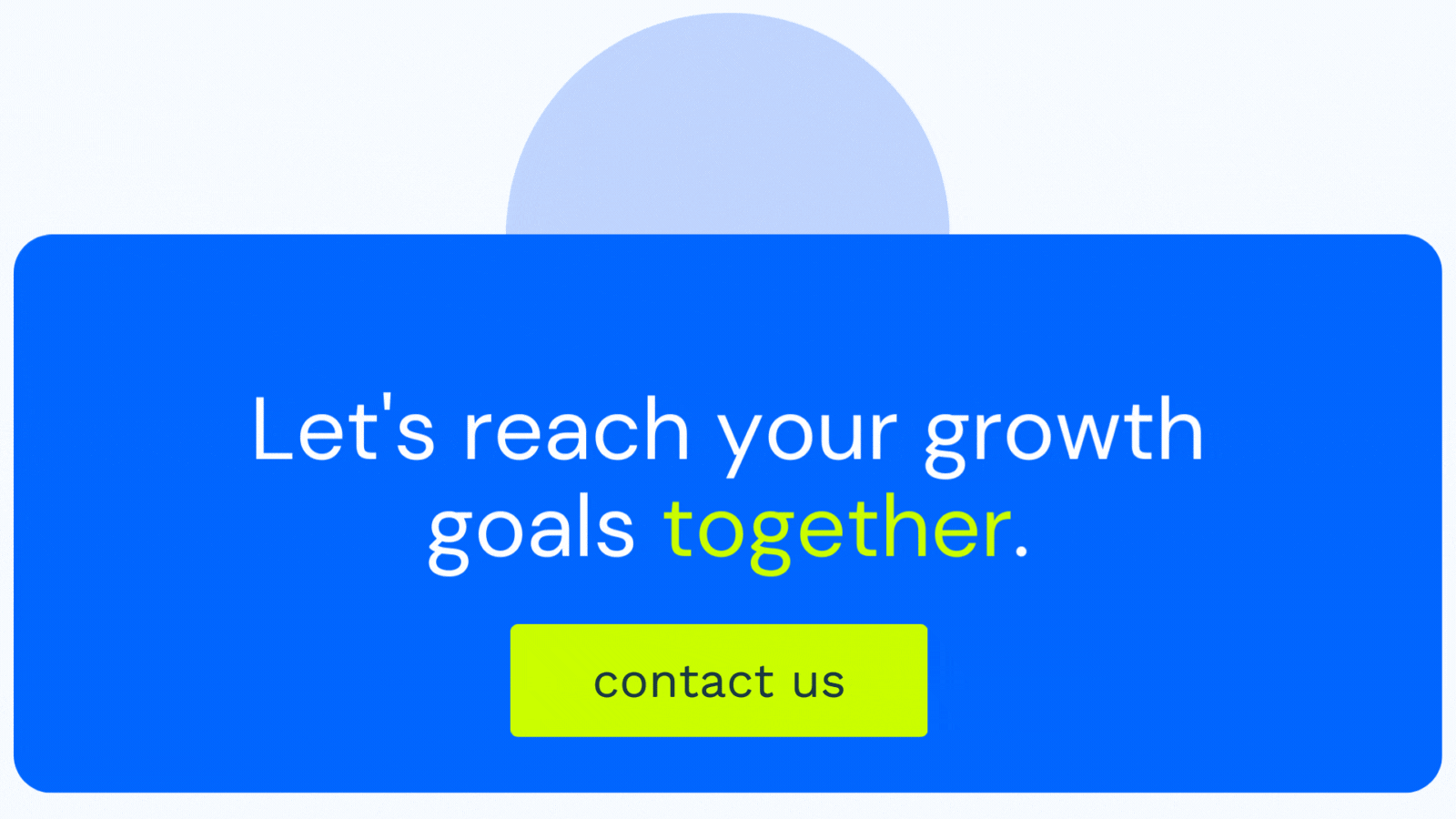Elevating Your Go-To-Market (GTM) Strategy: The Power of Micro-Systems

In today's fiercely competitive business landscape, a well-executed Go-To-Market (GTM) strategy is the backbone of success for any company. To ensure seamless execution, implementing a robust revenue operations plan with synchronized micro-systems is vital. In this blog post, we will explore the key components of such a system and their contribution to every stage of the customer journey.
From attracting potential leads to delivering exceptional customer service, each micro-system is pivotal in maximizing your GTM efforts.
.gif?width=740&height=400&name=Imagenes%20Internas%20para%20blog%20(10).gif)
‣ Attraction System: Capturing Attention and Interest
The attraction system is the foundation for your GTM strategy, utilizing various channels and tactics to capture your target audience's attention. Key components of this system include:
- Blog Posts: Regularly publishing engaging and informative content positions your brand as an industry thought leader and attracts organic traffic.
- Social Posts: Engage with your audience and share compelling content through social media platforms.
- Paid Ads: Amplify your reach and generate qualified leads through targeted advertising campaigns on platforms like Google Ads and social media networks.
- Calls to Action (CTAs): Strategically placed CTAs guide visitors to take desired actions, such as subscribing to a newsletter or downloading a resource.
‣ Data Capture System: Acquiring and Organizing Lead Information
Effectively capturing potential leads' information is crucial, and the data capture system enables you to do just that. Fundamental elements of this system include:
-
Data Structure: Organize and surface important lead information using default and/or custom objects and properties within your Customer Relationship Management (CRM) system.
-
Forms Schema: Create user-friendly forms on your website or landing pages, varying in complexity based on the level of engagement.
-
Enrichment Tool Integrations: Automate lead data enrichment by integrating with tools that provide additional insights and details.
‣ Conversion & Qualifying System: Streamlining Lead Management
An intelligent conversion and qualifying system is necessary to convert leads into customers effectively. Key components include:
-
List Segmentation: Tailor your messaging and nurturing strategies by segmenting leads based on demographics, behavior, or engagement level.
-
Lead Scoring: Prioritize high-quality leads by assigning scores based on fit and engagement.
-
Nurturing Streams: Set up automated nurturing workflows that deliver personalized content to leads based on their interests and buyer's journey stage.
‣ Sales Handover System: Seamlessly Transitioning Leads to Sales
A smooth handover from marketing to sales is critical when leads are ready to make a purchase. The sales handover system facilitates this process with automation and efficient communication. Key components include:
-
Routing Workflows: Automatically assign leads to the appropriate sales representative based on predefined rules or criteria.
-
Automated Tasks: Trigger reminders for sales representatives to follow up promptly with qualified leads.
-
Internal Notifications: Notify relevant team members when leads reach specific stages or require attention, ensuring seamless collaboration.
-
Auto Property Updates: Automatically update key lead properties and statuses within your CRM system as they progress through the sales pipeline.
‣ Follow-up System: Maintaining Engagement and Relationship
Sustaining engagement with leads and customers after the initial contact is crucial for building lasting relationships. The follow-up system ensures consistent communication and provides valuable insights. The fundamental elements here include:
-
Automated Reminders: Set up automated reminders for sales representatives to follow up with leads or customers at specific intervals, increasing accountability.
-
Reporting: Track and analyze follow-up activities to identify trends, measure engagement, and improve communication strategies.
‣ Closing System: Streamlining the Sales Closing Process
The closing system focuses on optimizing the sales process, enabling your team to close deals efficiently. Critical pieces include:
-
Customized Pipeline Rules & Validation: Define custom pipeline stages and validation rules aligned with your unique sales process to streamline deal management.
-
Custom Views: Configure personalized views within your CRM system, providing sales representatives with a clear overview of their opportunities and tasks.
-
Automated Reminders, Notifications, Updates: Automate reminders, notifications, and updates to keep stakeholders informed and ensure timely action.
-
Reporting: Generate comprehensive reports to track sales performance, deal velocity, and identify areas for improvement.
‣ Support Handover System: Seamless Transition to Support Services
Once a sale is closed, a smooth handover to the support team ensures a positive customer experience. The support handover system streamlines this process and ensures effective communication. Key components include:
-
Routing Workflows: Automatically assign support tickets or inquiries to the appropriate support representative or team.
-
Automated Tasks: Trigger automated tasks and notifications to ensure timely response and resolution of customer inquiries or issues.
-
Internal Notifications: Notify relevant team members when specific support requests require attention or escalation.
-
Auto Property Updates: Automatically update customer properties and statuses within your CRM system to reflect their support interactions.
‣ Delight System: Delivering Exceptional Customer Experience
The delight system focuses on delivering exceptional customer experiences and ensuring customer satisfaction throughout their journey. Critical elements include:
-
Onboarding Sequence: Develop an onboarding sequence that guides customers through the initial setup and familiarizes them with your product or service.
-
Service Delivery Model: Design and deliver a refined experience or high-quality products consistently, exceeding customer expectations.
-
Self-Support or Provided Support: Offer self-service resources and provide responsive support to address customer needs effectively.
-
Customer Segmentation: Segment your customer base to personalize interactions and deliver tailored experiences.
-
Service/Product Updates: Communicate updates, enhancements, or new features to your customers, ensuring they remain engaged and informed.
‣ Reporting System: Monitoring GTM Performance
The reporting system provides insights into your GTM strategy's effectiveness, enabling data-driven decision-making. Key components include:
-
Standard or Custom Reports: Generate reports that track marketing, sales, and support performance across the entire buyer's journey.
-
Automated Report Emails: Schedule automated report emails to stakeholders, keeping them informed of key performance metrics and trends.
-
Dashboards: Create dashboards that organize reports and embedded external content, providing a holistic view of your GTM efforts.
Building a solid system of micro-systems is essential for a successful GTM strategy. By implementing the components outlined in this blog post, you can attract, convert, close, and delight customers more effectively.
Let's team up to enhance your GTM strategy, achieve business growth, and secure long-term success.

.png?width=1200&height=627&name=GIFs%20INSTRUMENTAL%20(4).png)
.png?width=1200&height=627&name=GIFs%20INSTRUMENTAL%20(6).png)
.png?width=1200&height=627&name=GIFs%20INSTRUMENTAL%20(5).png)
